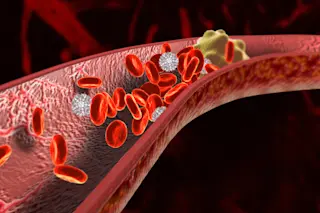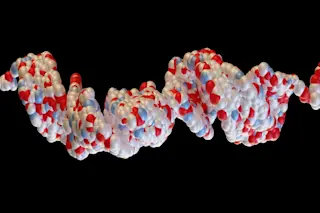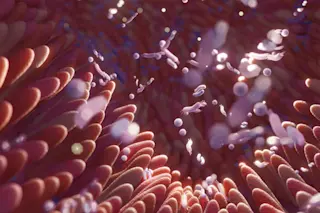When you've got a clogged artery, your options are usually few and risky: anti-clotting drugs or surgery to unblock the clot or reroute blood flow past the blockage. But researchers in China have figured out how to use a laser to clog and then clear a blocked blood vessel in a live mouse, without surgery. This is the first time scientists have been able to externally manipulate cells inside a living animal, and it could lead to a safer way to unclog arteries in the future.
The technique relies on a tool called optical tweezers. Each pair of pincers is actually made of a single, focused laser beam. Technically the optical tweezers don't come into direct contact with the cells. Instead, they push them around using the small amount of momentum from the photons in the beam.
Researchers used the optical tweezers to manipulate red blood cells inside a mouse's ...














